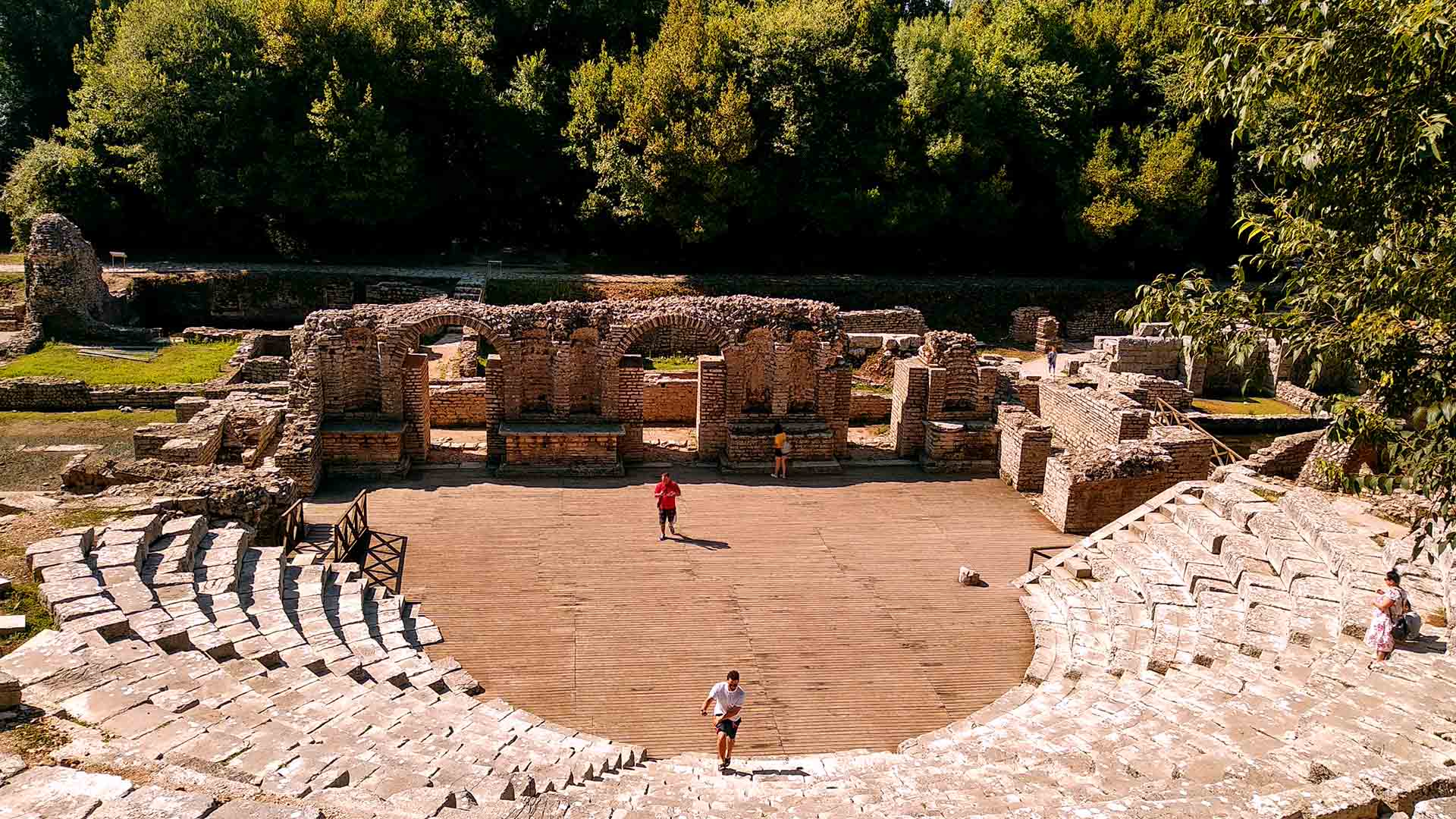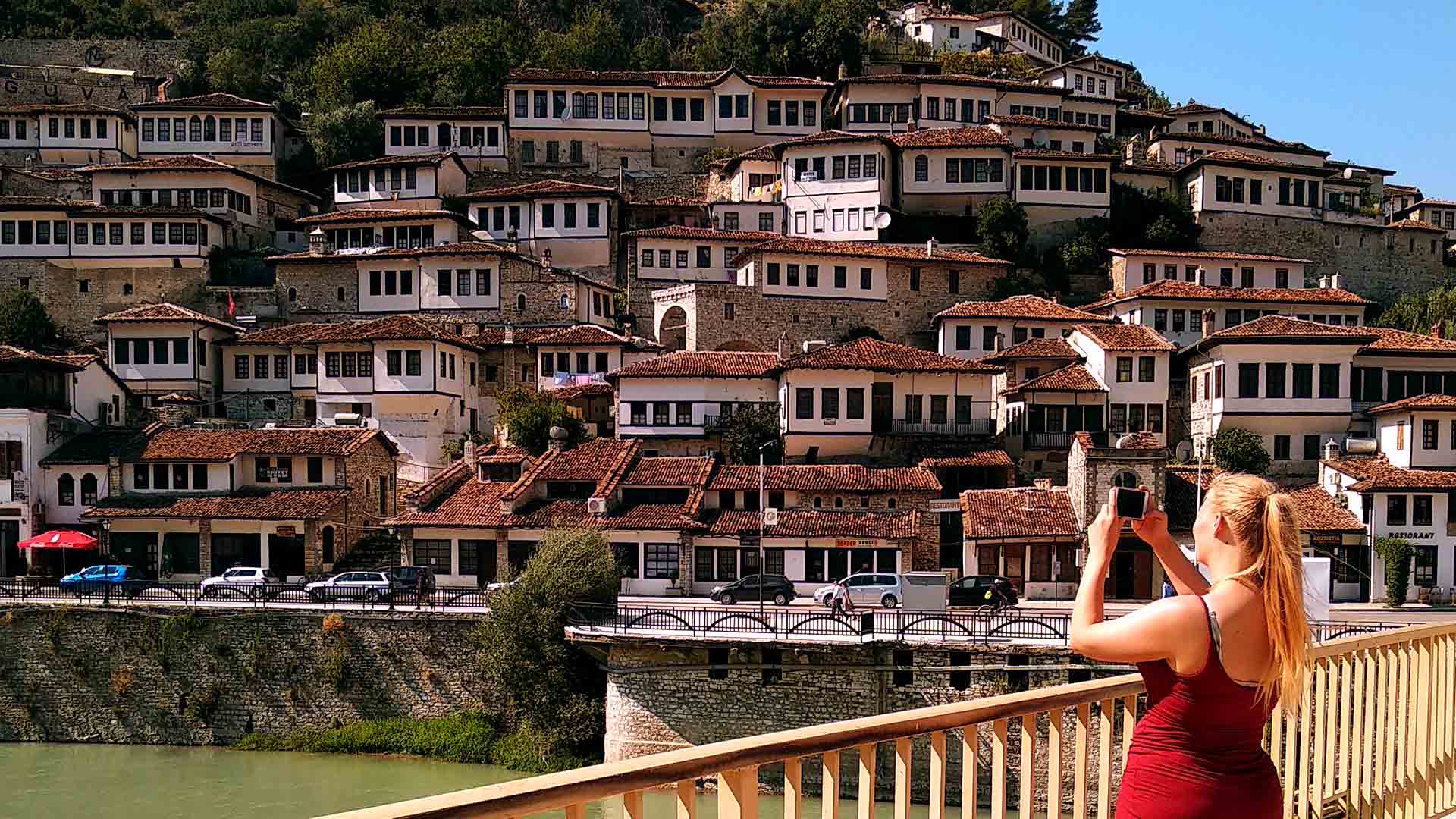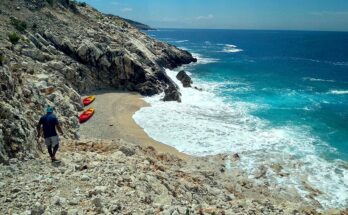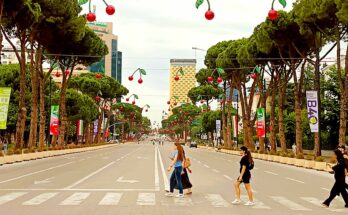Butrint’s history and topography were probably influenced by the nearly constant fight to control the confined straits that separated it from Corfu, a Greek island, which is located on the Albanian coast’s southwest coast. The extensive remains of defensive walls, castles, towers, and religious and secular buildings that still dominate the ruined cityscape today can be used to trace the city’s rich history, which spans from its early years as a Hellenistic sanctuary to its heyday as a Roman colony and then a flourishing early Christian center, to its final incarnation as a fortified medieval market town.
According to classical tradition, settlers from Troy established Butrint (ancient Buthrotum) in the 13th and 12th centuries BC. The city was supposedly built by Helenus, the son of King Priam, or in some accounts Pyrrhus, the son of Achilles, who attempted to sacrifice an ox to assure his safe passage into Epirus, according to an old tradition recounted by Teucer of Cyzicus. The city was established here as a new Troy when the wounded ox managed to escape and leap to the shore before it died.
Later, Virgil, the court poet of the time, immortalized Butrint by including it among the locations where his hero, Aeneas, paused on his long journey to Italy to found the Roman race and where he discovered an established settlement of Trojan refugees, adhering to another tradition popular in his time.
“As I advance, I see a little Troy, a Pergamus that mimes the great one, and
a dried-up stream that takes its name from Xanthus. I embrace the portals of
the Scaean gates…” Virgil, Aeneid 3, (M 453-57).
Before Aeneas arrived, according to Virgil, Helenus had already established himself there and was already wed to Andromache. Racine gave his French classical tragedy Andromache Butrint as its backdrop. There is no physical proof of a defensive circuit at this time, despite the discovery of Corinthian wares from the late 7th century BC and Attic pottery from the 6th century BC on the acropolis. Settlement at the hill of Butrint during the 12th century BC following the Trojan War is also not supported by archeological evidence. More likely, Butrint served as a port facility for trade between the Corinthian colony on Corfu and the mainland, as well as a sanctuary place, maybe with dedications to Athena.
Corfu’s civil war in the fifth century BC undoubtedly resulted in the development of many new urban towns in the immediate area, and Butrint may have gained notoriety as a result of a Molossian invasion from northern Greece. Butrint had changed from a minor trading port to a fortified urban center by the third century BC, when the Chaonian tribe’s seat had moved to neighboring Phoenicê. According to archaeological evidence, the acropolis was most likely constructed during the reign of king Pyrrhus of Epirus. During this time of investment, a stoa, sanctuary, a theatre, and cult temple dedicated to the deity of medicine Asclepius were built within an impressive circuit of walls encircling the base of the acropolis hill.
To be continued…



